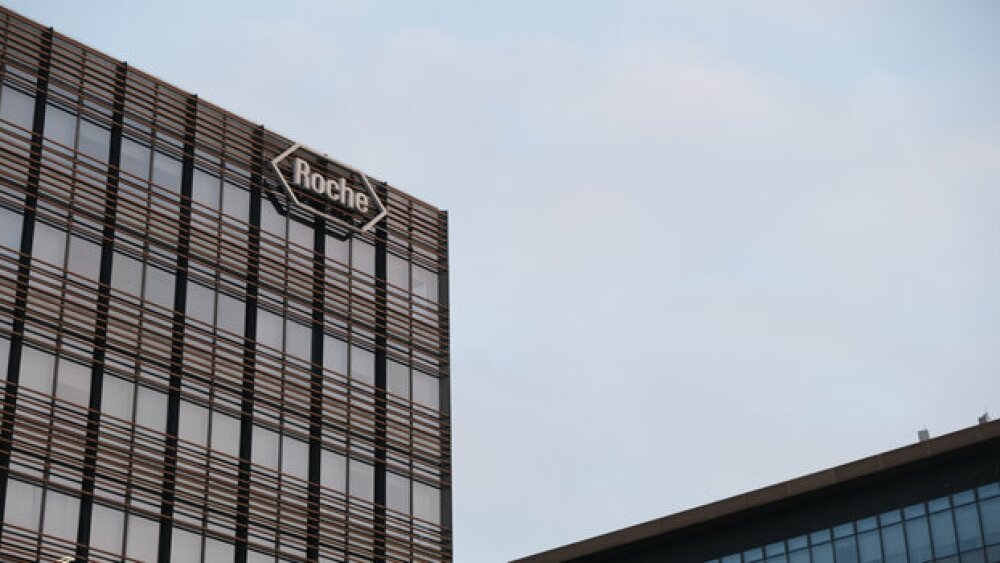Eli Lilly’s blockbuster weight loss and diabetes drugs missed analysts’ expectations by 18% in the third quarter, which were negatively impacted by inventory stocking in the wholesaler channel. The company’s shares fell more than 13% in trading on Wednesday morning.
Eli Lilly released its third-quarter earnings on Wednesday, touting a 20% year-on-year increase in revenue—though still missing the analyst consensus by approximately $800 million.
The rare miss for tirzepatide brands Mounjaro, for type 2 diabetes, and Zepbound, for chronic weight management, came as a surprise to analysts. In a note to investors, Leerink Partners analyst David Risinger described it as a big miss in the quarter for Lilly’s tirzepatide, as Mounjaro and Zepbound sales were below expectations “in part driven by channel inventory decreases.”
In Q3, Mounjaro generated sales of $3.11 billion, missing its forecast of $3.77 billion, while Zepbound brought in $1.26 billion, falling below expected sales of $1.76 billion. Lilly’s combined tirzepatide sales came in at $4.37 billion, missing Wall Street’s estimate of $5.31 billion by 18%.
According to Lilly, U.S. sales for its tirzepatide franchise was negatively impacted by wholesaler inventory headwinds, though the pharma still reported “continued strong demand” for the products.
Lilly’s total Q3 revenue was $11.4 billion, up from $9.5 billion during the same period last year but behind analyst expectations of $12.1 billion. To partly explain its lower-than-expected results, the company pointed to a $2.83 billion charge in Q3, associated with its $3.2 billion acquisition of Morphic Holding in July 2024.
Lilly on Wednesday narrowed its full-year revenue guidance. The pharma now expects to make $45.4 billion to $46 billion this year, slightly tempering its prior forecast of $45.4 billion to $46.6 billion.
Lilly’s shares fell more than 13% in trading on Wednesday morning.
While the Q3 results were disappointing, Risinger said Leerink views the Lilly “investment thesis as unchanged since the company is just getting started in commercializing obesity products globally” as it continues to challenge rival Novo Nordisk in the space.
BMO Capital Markets analyst Evan Seigerman in a note also cautioned against investor overreaction, pointing out that the miss is more a manifestation of “wholesaler inventory dynamics as Lilly sorts out its supply constraints” and is not an indicator of “softness” in the underlying business.
Although Mounjaro and Zepbound missed consensus expectations by 14% and 26%, respectively, Seigerman said that “it’s a marathon, not a sprint” in Lilly’s race with Novo Nordisk and that “even the king stumbles sometimes.”
Analysts expect the obesity market to hit or even exceed $150 billion in value in the early 2030s, particularly as supply stabilizes. Earlier this month, the FDA officially took Lilly’s Mounjaro and Zepbound off its drug shortage database, which Seigerman in a note at the time called a “positive indication” for the pharma.
The FDA’s supply update reflects Lilly’s aggressive manufacturing investments in recent months, including a $4.5 billion injection in Indiana earlier this month and a $1.8 billion commitment in September 2024 to expand its Ireland footprint.
Still, the matter is far from resolved for Lilly as a complaint from the Outsourcing Facilities Association—which represents FDA-registered compounding pharmacies—has pushed the regulator to rethink the shortage status of tirzepatide.
Truist Securities analysts in a Wednesday note to investors said that while Lilly continues to report “strong demand” for Mounjaro and Zepbound across in both the U.S. and international markets, the company “will likely continue to exceed supply capacity in the near-term, in our view.”
Novo Nordisk is slated to report Q3 earnings on Nov. 6.






